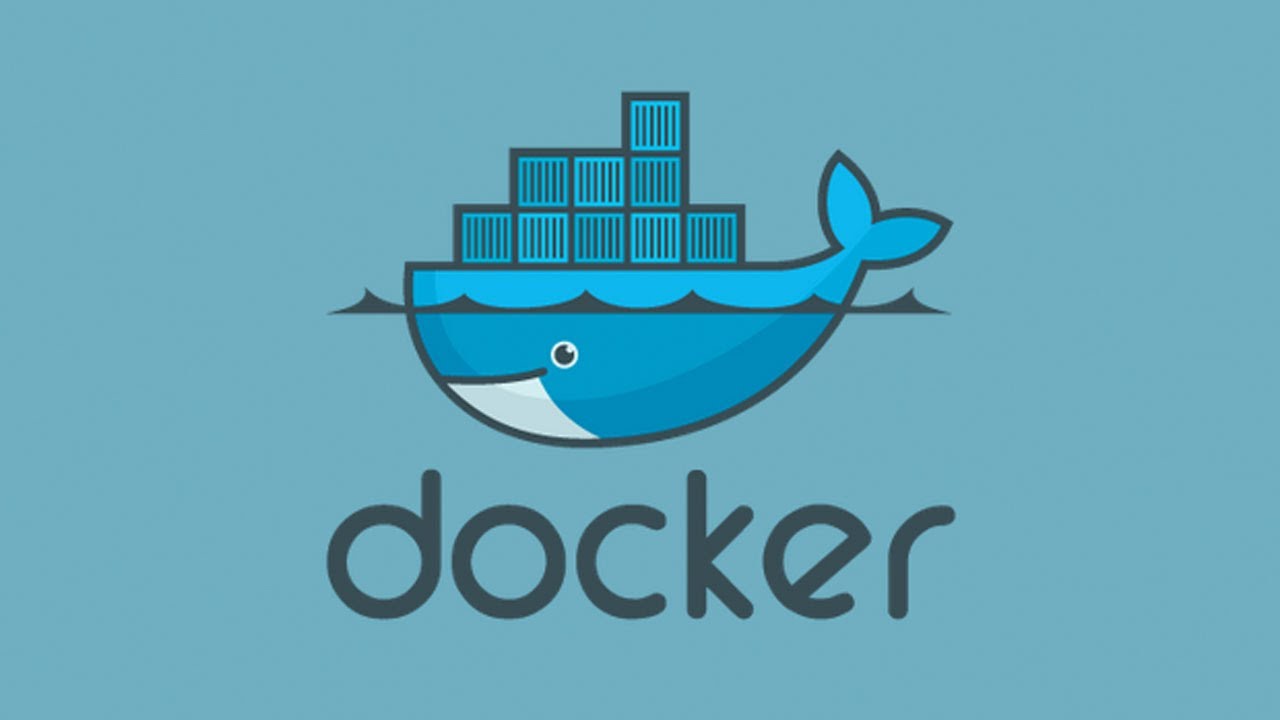The Docker command-line interface is a client/server operation. The command line communicates with the Docker engine whenever it wants to create or manipulate the operations of a container. In this guide, you will learn how to how to run docker containers using podman and libpod. Check out our previous guide on how to install Podman on CentOS 8.
Podman
Podman exists to offer a daemonless container engine for managing containers on a Linux system. Podman works with pods, in a similar fashion to Kubernetes. Podman manages pods, containers, container images and volumes.
Docker vs Podman
The major difference between Docker and Podman is in their architecture. Whilst Docker is a systemd daemon, Podman is not.
Libpod
Libpod provides a library for running OCI based containers in pods.
In this article you will learn how to run and manage containers using docker.
Managing Container Images
To pull an image using Podman run the commands as shown below with the name of the desired image.
$ podman pull centos
To view the list of downloaded images, execute the command:
$ podman images
To remove an image, use -rmi option followed by image name or image ID:
$ podman rmi 300e315adb2f
Tagging images
Tagging an image is adding your custom name to images to make them more intuitive and to remind you what the image does in your set up
$ podman tag 33c4a622f37c virtualserver
Running Containers with Podman
To run a container using an Ubuntu image that prints out a message on the screen, run the command below:
$ podman run --rm ubuntu /bin/echo “Welcome to Podman!”
To run a container in the background /detached mode, use -d option.
podman run -dt -p 8080:8080/tcp -e HTTPD_VAR_RUN=/var/run/httpd -e HTTPD_MAIN_CONF_D_PATH=/etc/httpd/conf.d \ -e HTTPD_MAIN_CONF_PATH=/etc/httpd/conf \ -e HTTPD_CONTAINER_SCRIPTS_PATH=/usr/share/container-scripts/httpd/ \
This will return the container ID:
Listing running containers
The podman ps command is used to list the running containers.
$ podman ps
Run a shell in a container
To access a container shell, run the command below with the -it option
$ podman run -it ubuntu bash
Searching in Podman
To search for images hosted on Docker, use the search command as shown
$ podman search fedora
Inspecting Containers
The podman inspect command prints low-level information about the container specified by name or ID .
To inspect an image, use the podman inspect command followed by container ID
$ podman inspect 33c4a622f37c
Removing containers
To remove containers, first list all the available containers by running the command:
$ podman ps -a
To delete a single container use the podman rm command followed by the container id:
$ podman rm 33c4a622f37c
To delete all containers, both running and stopped run the command:
$ podman rm $(podman ps -a -q)
Viewing the container’s logs
To view the container’s logs use the podman logs command. To view the latest logs run:
$ podman logs --latest
To view the container’s logs of a specific container run:
$ podman logs b6c70797c6c6
To follow the logs output in real-time, execute:
$ podman logs -f ContainerID
$ podman logs --follow=true --since 10m ContainerID
To show only the last 10 lines in logs run: podman logs –tail 10 followed by the container ID
$ podman logs --tail 10 b6c70797c6c6
Viewing the container’s pids
To view the container’s pids use:
$ podman top <container_id>
Managing Container pods with Podman
Interaction with pods is exposed through the podman pod command.
To view the available options with the podman pod command use:
$ podman pod --help
To create a pod called server run:
$ podman pod create --name server
Make sure pod is created:
$ podman pod list
Upon creating a new pod, you will notice that it has a container called infra. Infra accommodates namespaces associated with the pod allowing the pod to communicate with other containers.
$ podman ps -a --pod
To add a container to a pod run:
$ podman run -dt --pod server centos:latest top
You’ll see that the pod has two containers.
Conclusion
With the steps above, you have learned how to run docker containers using podman and libpod.



